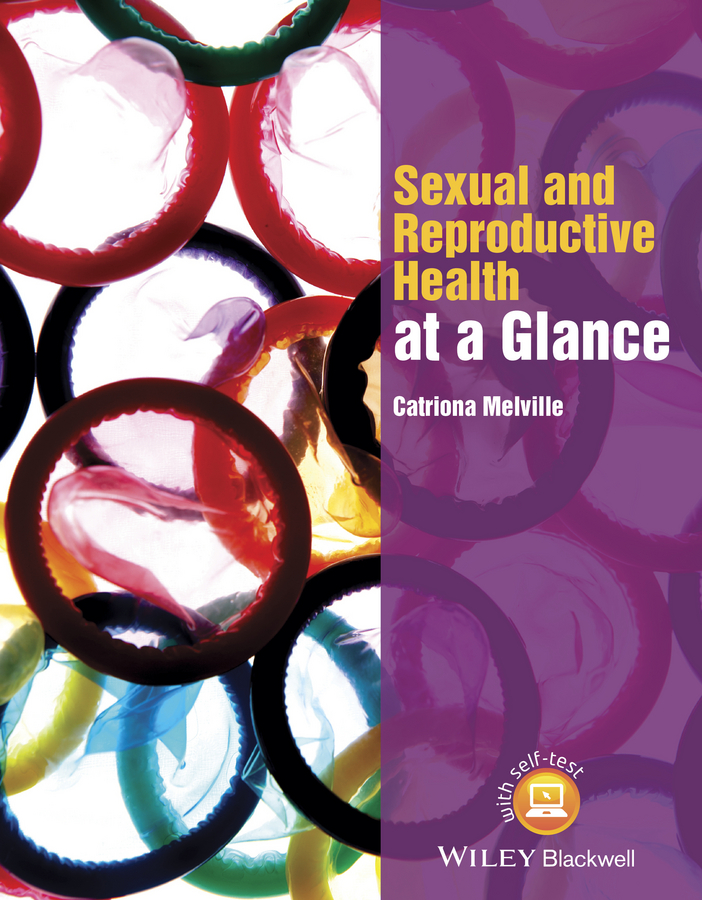- Home
- Cases
- Flashcards
- Your Feedback
- Become a reviewer
- More student books
- Student Apps
- Join an e-mail list


A 24-year-old woman attends your SH clinic complaining of a 10-day history of vaginal discharge. She says the discharge smells and is copious. She has no dysuria or pelvic pain; however, she says that her vulva is uncomfortable and feels irritated. Her LMP was 2 weeks ago and was normal. She is using the Cu-IUD for contraception and does not use condoms. She is a para 0+1 (STOP 2 years ago). She has a regular male partner who she has been with for 2 months. She last had sexual intercourse with him 5 days ago. She has had ‘thrush’ in the past and her GP prescribed her some antifungal cream last week but this hasn’t helped her symptoms.
1. What is the initial management of this case?
The examination reveals the following: The vulva is moist with discharge and slightly erythematous, but there are is no swelling, and no lesions. There is a thin white discharge seen on parting the labia. No foreign bodies are seen on speculum examination. There are no signs of vaginitis or cervicitis. The Cu-IUD threads are seen. Copious white discharge is seen ‘pooling’ in the speculum.
2. Given these examination findings what is the most likely diagnosis? Which test would be useful to undertake if you did not have on-site microscopy facilities?
3. What investigations would you recommend?
Investigations 1–3 can be carried out in non-specialist settings. An STI screen is recommended as she has had SI with a new partner (without a barrier method of contraception). Tests 4 and 5 utilize near patient microscopy; however, an air-dried slide can be transported to the laboratory if this is not available. The vaginal pH is 5.0 and clue cells are seen on the Gram stain. A diagnosis of BV is made. The woman is informed of the diagnosis.
4. She asks what the treatment is and is there anything else she can do to prevent BV recurring?